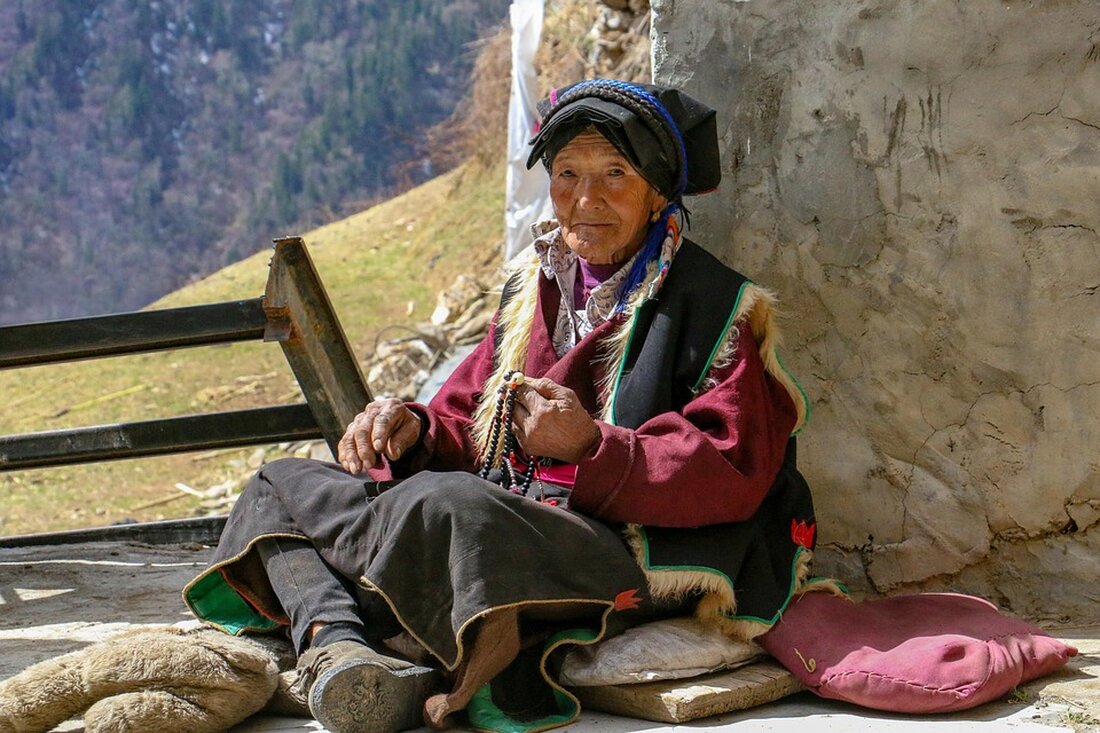China cleans up garbage from the Avatar caves for ten years
China cleans up garbage from the Avatar caves for ten years
The months of May and early June traditionally are among the most popular times to visit Zhangjiajie Forest Park in the Southwest Chinese province of Hunan before the oppressive summer heat starts.
The fascinating natural wonder of Zhangjiajie
This breathtaking area is known for its impressive column formations made of quartz sandstone, which allegedly served as inspiration for the floating landscapes in the Hollywood blockbuster "Avatar" from 2009. This year, however, while droves of tourists gather in the region, a large -scale cleaning ordered by the government takes place just a few dozen miles, in which teams remove bags full of garbage from ancient caves - mostly garbage that was unloaded there over a decade.
environmental degradation in the caves of Cili
The long-hidden environmental pollution, which was discovered in the district of Cili, an area belonging to the city of Zhangjiajie, came to light in March after several cave researchers had uploaded videos from the garbage-filled gorges on the Chinese social media platform Douyin. In May the clips went viral, which triggered nationwide outrage and led to investigations by state media and local authorities.
The recovery of the garbage
The karst caves of Zhangjiajie are among the most impressive natural wonders in the region that have been created for over millions of years through water erosion. Inside there are often both visible and hidden streams and dramatic limestone formations. A widespread series of unveiling videos, published by a cave researcher named "Xiaofugege", showed plastic water bottles, cans and even chemicals labeled containers that covered rocks and underground waters in several caves. In one of the most shocking clips published on May 29, garbage was shown "as high as seven to eight floors".
environmental policy and state reactions
The Chinese President Xi Jinping has repeatedly emphasized that environmental protection is a top priority for the country. On June 9, the authorities announced that 51 tons of garbage were already removed from two of the worst affected caves. Many of the sacks were filled with budget waste that were unloaded between 2010 and 2015 after the local government had banned the burning of garbage, but did not provide alternatives to waste disposal. At that time, unloading garbage in caves was not only widespread, but also organized in some cases. Local civil servants and residents told the state media that the village sent trucks to remove the garbage and dispose of them in the karst caves - a common practice at the time.
The dimension of pollution
"disposable items, dragging clothes, plastic bags ... all types of garbage are here," said a security officer who monitors the clean -up work. In addition to household waste, the authorities also state that they have to deal with animal waste. In a video divided in April, which was recorded deep inside a large karst cavity, you could see how manure was flossed by holes in the ceiling and mud pools, while the white stalactites were colored black.
consequences for water quality
The district of Cili is an important pig producer in Hunan and breeds 700,000 pigs every year. According to reports, the local authorities have initiated investigations against 12 animal husbandry companies for illegal waste disposal in March. The reactions on social media to the news about cleaning up were devastating. "What will come next? How long will it take for the caves and the surrounding waters to recover? Hundreds or thousands of years?" wrote a user on Weibo.
The prospect of recovery
experts warn that it could be too late to undo the damage. "As soon as the pollutants penetrate the Karst-Aquiferen, you can quickly contaminate the surface water, which leads to a deterioration in water quality and damage to aquatic ecosystems," said Shuai Huan, deputy director of a local environmental geology conveyor. This is not an isolated case. Last year, prosecutors in the city of Bijie in the province of Guizhou confirmed that more than 10 local karst caves had been contaminated by household waste, wastewater and waste from animal husbandry.
The Zhangjiajie Forest Park: UNESCO World Heritage Site
While trash is lifted out of the caves in Cili County, more and more tourists continue to flock to Zhangjiajie Forest Park. During the holidays from May 31 to June 2, almost three quarters of a million visitors were counted in this popular place, which corresponds to almost 10 % more than in the same period of the previous year. The Zhangjiajie Forest Park is part of the larger Wulingyuan Scenic area, which is part of the UNESCO World Heritage Site and comprises more than 100 square miles in the province of Hunan. In January 2010, Zhangjiajie named one of his most striking pillars in "Avatar Hallelujah Mountain" to celebrate his cinematic fame after it became known that James Cameron was inspired by the pillars of the region.
"Zhangjiajie not only belongs to the world, but has already made a name for itself worldwide," said a parking officer in the renaming.


Kommentare (0)